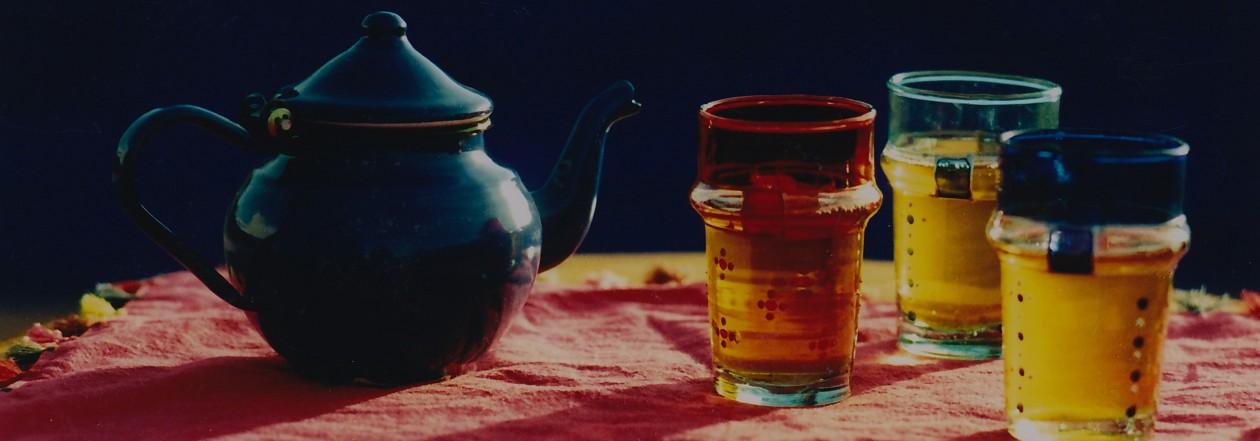 Photo Credit: Tim Challies, How to Get Things Done
Photo Credit: Tim Challies, How to Get Things Done
How do we get everything done in our day? We can’t. Well, consider that maybe we aren’t supposed to…then we choose a path…driven by external forces (the tyranny of the urgent, the job as defined by the manager, the should’s and ought-to’s)…or internal. What are our internal forces? What kind of life do we hope to live, and the product we hope to leave as foundational for those we care most about?
A favorite old proverb of ours goes like this: “Where no oxen are, the crib is clean: but much increase is by the strength of the ox.” (Proverbs 14:4). Canadian writer Tim Challies presents this proverb as a parable on productivity. That “much increase” can be enhanced by having the right tools (oxen, for instance). However, given the right tools, productivity can still be very messy. Hard to perfectly control, thus, cycling back, needing the best tools for the job. Sometimes those tools are people in our lives and workplace, and sometimes they are lists, schedules, apps, or right equipment – even a vacuum cleaner (my highly organized, hard working daughter-in-law had a new vacuum on the top of her Christmas list this year).
Several years ago, Challies wrote an incredibly practical blog series on How to Get Things Done. He has become a master at “learning how to simplify life and how to maximize productivity”. Now in the era of COVID, his counsel on productivity is even more timely as we slog through this pandemic.
[Now for those of you who are essential workers and you lay down exhausted every night, it may seem this isn’t for you. However, with the restrictions of life with COVID, you probably struggle with redeeming time with family and deciding how to maximize your time off the job. Tim Challies has wisdom for you as well. Thanks, also for how you serve us all, out there every day.]
In Challies’ blog intro to his book “Do More Better: A Practical Guide to Productivity”, he offers several work sheets useful for those of us who need to organize our thoughts and time toward greater simplicity and productivity.
 Don’t try to do it all. Do more good. Better.
Don’t try to do it all. Do more good. Better.
Photo Credit: Tim Challies, Amazon
Too often, we measure the purpose of our lives by “how much” we can get done. What if we flipped that? What if we first sort out what the mission (or purpose) of our lives is? …Given our gifts, our education, our experiences, our opportunities, the people in our circle of influence, and the season in which we live at the moment. COVID informs that as well…informs but doesn’t define.
We do the work of sorting out our purpose, and then we order our days with that as foundation. We can’t do everything, therefore, we set our days on “doing more good…better”. Does that mean my house is always clean or my inbox is always manageable? No…but it is a shift away from shame/guilt and toward intentionality and joyful making of new habits. Sometimes we will have to say no, but the “yes’s” that are then ours to speak can be so freeing.
For me, this kind of restructuring my routines and thinking toward productivity require some prayer and reflection. Then, old-fashioned worksheets help. Challies also suggests other more techy tools, but I prefer starting with pen and paper.
